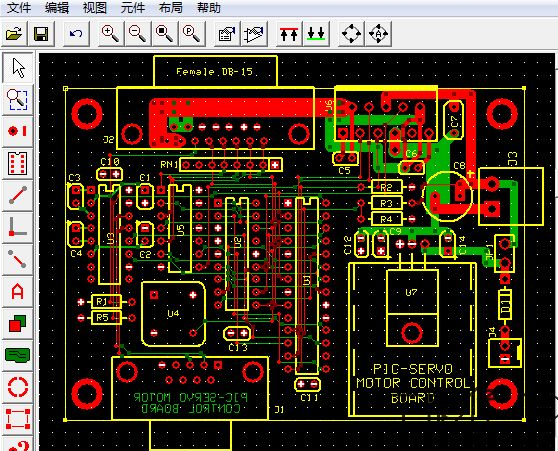
Safety considerations in PCB design
1 Introduction
There are the following categories that cause harm and :
- electric shock;
- risks associated with energy;
- on fire;
- dangers associated with heat;
- mechanical danger;
- radiation;
- chemical danger;

Leiterplatten-Leiterplatten-Leiterplatten-Leiterplatten
In particular, the relevant standard standards for safety and the terms of the test are only for the test or certification of the test, and the standard should also be .
1.2 Safety signs
1.2.1 General guidelines for safety signs
The safety signs used on the PCB should conform to the general guidelines for safety signs.
You should use the language that is acceptable to the country where you want to install the equipment to which the PCB belongs.
The required markings should be durable and eye-catching, taking into account the durability of the markings, taking into account the effects of normal use.
Compliance is checked by inspection and control of the mark. When the mark is controlled, it is rubbed with a cotton cloth dampened with water for 15 seconds, and then rubbed with a cotton cloth dampened with gasoline for 15 seconds. After the test is completed, the mark should be clear and marked. The nameplate should not be easily removed and there should be no curling.
1.2.2 Risk of electric shock and energy
On the PCB, the pins of the components are exposed on the surface and there is a high risk of electric shock or energy.
In the place where any electric shock or energy hazard on the PCB board may occur, such as the ELV circuit part, the primary circuit part, the secondary circuit part that is safe voltage but reaches the dangerous energy level, etc., a significant mark should be added to prevent this danger. The occurrence of electric shock or energy hazard may occur in the area where the operator can contact, the page may be outside the operator's accessible area; the content of the mark should indicate that the dangerous energy level has been exceeded, accompanied by a hazard warning sign;
1.2.3 Fuses on the PCB
Marked on or near each fuse holder, indicating the fuse's rated current, fuse characteristics (slow, fast, time lag), and explosion-proof characteristics (Low-breaking, high-breaking), if the fuse The fuse holders can be fitted with fuses of different voltage ratings, and the rated voltage of the fuses should also be marked.
Example: T2.5AL, 150V F3.15AH, 250V
6 complete markings should be added near the fuse, including fuse number, fuse characteristics, rated current value, explosion-proof characteristics, rated voltage value, English warning label, such as F1F10AH, 250VAC, "CAUTION: For Continued Protection Against Risk of Fire, Replace Only With Same Type and Rating of Fuse."
The above are considerations for safety regulations in PCB design. There are more PCB questions to consult with company custo
WeChat
Отсканируйте QR-код с помощью WeChat